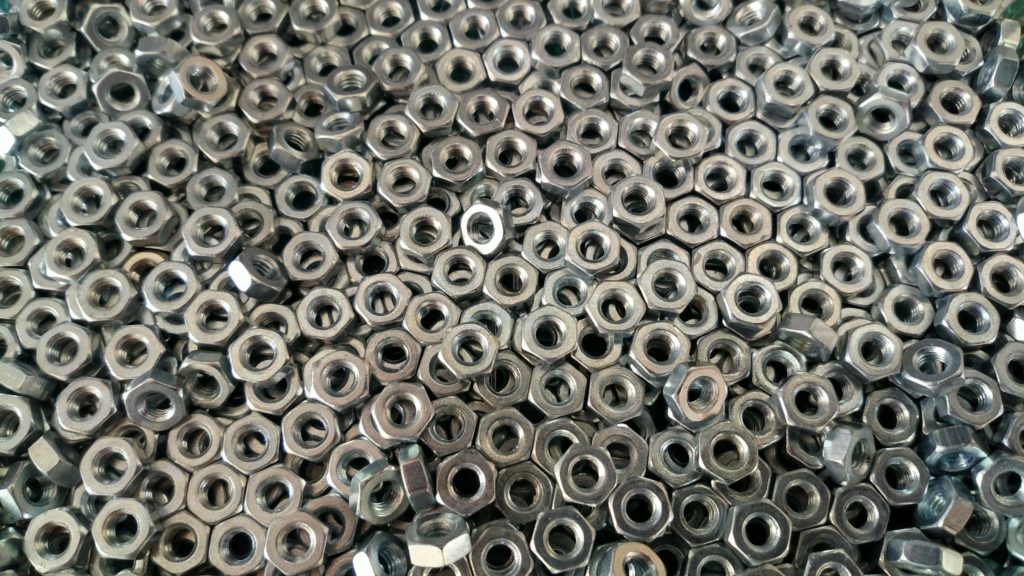Recycling has become a very important practice in today’s world and society. With the climate change crisis and the global problem of limited resources, recycling is at the forefront of ways to make the planet a little more green. While most citizens know about basic recycling, they may not know about metal recycling and its processes. In fact, the metal recycling industry holds a number of benefits for the economy and the environment. Recycling scrap metals directly reduces the amount of garbage that ends up in landfills, prevents the risk of electronic pollution, conserves energy and significantly reduces greenhouse gas emissions. But how does it work?
The main stages of the metal recycling process are:
1. Collection
The collection process for metals involves gathering all materials that are metals. This process is organized in a way so that there are different containers designed to hold specific metals. These metals may vary in price.
2. Sorting
Sorting begins by separating different metals from the mixed scrap collection. This involves separating what can and cannot be recycled, such as high vs. low quality materials. Strict quality checkups are done during this process. Automated recycling operations, such as magnets and sensors, are sometimes used to aid in material separation.
3. Processing
After sorting, the metals are shredded and squeezed using machines so that they do not occupy too much space. As a result, they can be melted using less energy.
4. Melting
Once the scrap metals have been processed into a more convenient form, it is then melted using a large furnace. Each metal is taken to a specific furnace designed to melt that particular metal. The amount of energy that is required to melt and recycle metals during this step is much less than the energy that is needed to produce new metals using raw materials.
5. Purification
After the metals have been melted, the next step is purification. Metals must be purified to ensure that the final product is of high quality and free of impurities. There are many different purification methods depending on the type of metal, with one of the most common methods being Electrolysis.
6. Solidifying
The purified, melted metals are then carried over to a cooling chamber where it can begin to solidify. It is at this stage that scrap metals are formed into specific shapes, such as bars and sheets, that can be easily used for the production of new metal products.
7. Transportation
Lastly, once the materials have been fully processed, the final product is then packed for transportation. These recycled metals may end up to different factories and people who require the materials. Once those metals have reached the end of their use, they are brought back to be renewed and the cycle begins again!
